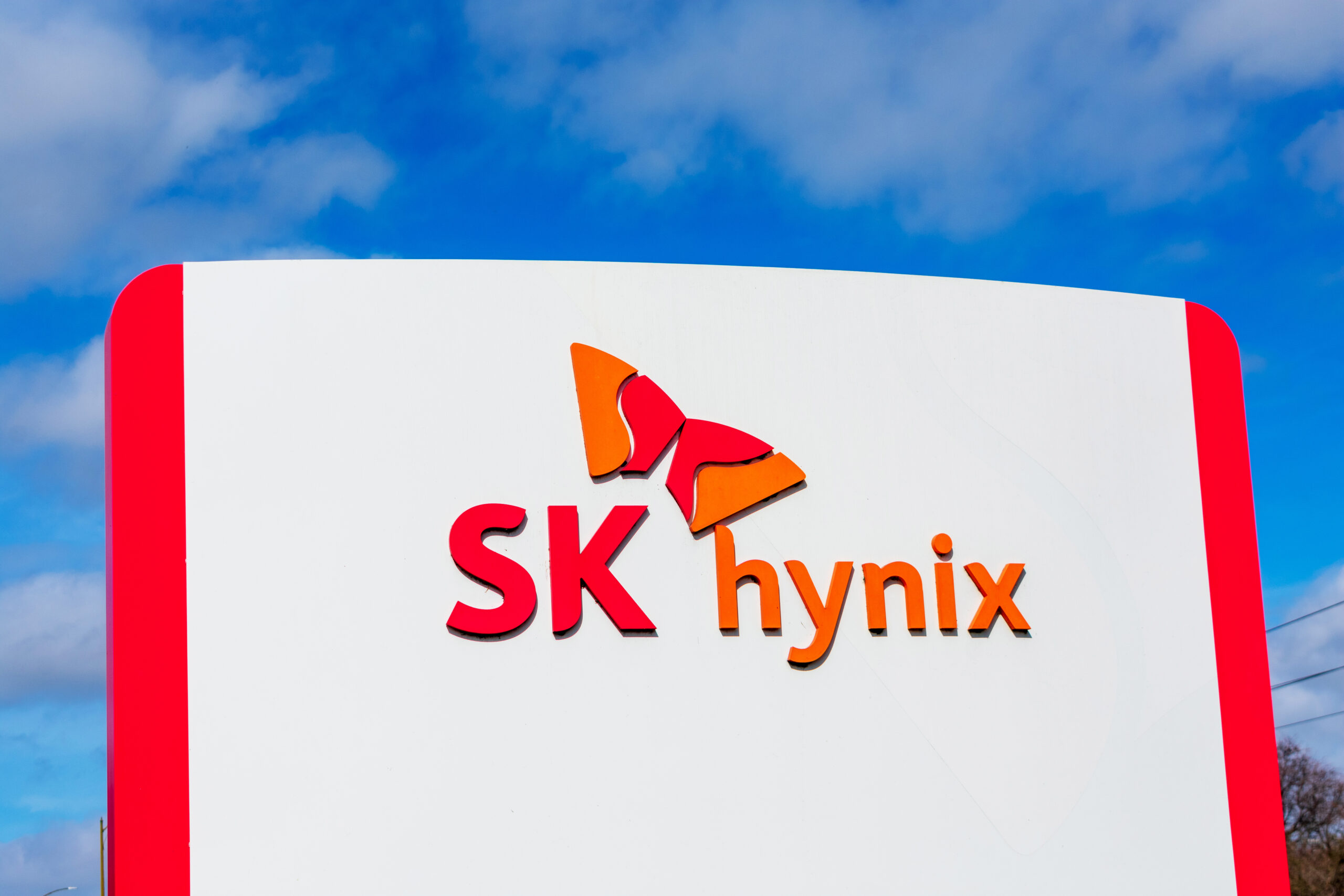Ethena Founder Downplays Concerns, Protocol Realizes 5% of Ether Perpetual Futures Open Interest

As per its data dashboard, the protocol issuing USDe digital dollar Ethena presently accounts for nearly 5% of the ether perpetual futures open interest. The USDe token has its value pegged to the dollar, offering a high yield.
Although considered a stablecoin, the Ethena team disregarded the term and utilized the synthetic dollar tag instead.
The Block’s vice president heading the research division, George Calle, profiles Ethena’s USDe as the tokenized representation of cash while carrying the arbitrage existing in the crypto markets. Consequently, it realizes yield when shorting ether futures and simultaneously staking ether.
Ethena prompted the yields estimated at 27% to attract users that CoinGecko data indicates have minted $420 million USDe tokens. The project had initially settled 15% of the yield realized in the first week to the holders.
The heightened backlash prompted the project to reverse course and settle the entire 24% yield from the assets rather than reserve funds towards the core team operations.
Ethena’s Yield Sustainability Questioned
The expanding market share prompts concerns that the protocol’s yield could plunge considerably. Ethena’s founder, Guy Young, identified by the pseudonym Leptokurtic, downplayed the levels, though the protocol is likely to struggle as the market share increases.
Young illustrated that the project has a self-correcting mechanism activated when the yield on the USDe declines significantly. Such eventuality would prompt the market participants to reconsider staking the USDe. The executive considers that the scenario would force the funding rate to revert to the new equilibrium.
Young added that were the protocol to account for 30-40% of the ether perpetual futures open interest, such would become a concerning situation. He considers that such a situation would have caused Ethena to plunge into severe capacity constraints.
Calle observed that Ethena’s design would impose downward pressure on the funding rates, though not question solvency and systemic risk. It raises concerns about the capital amount that the Ethena protocol can take before the yieldings plunge to levels unattractive to the token holders.
USDe Differences to Luna and UST tokens
USDe has distinct features that differ from the Luna token and affiliate UST. The latter involved a stablecoin that promised a nearly 20% yield. The high-level similarity translates to UST-USDe comparison.
Calle argues that the UST-USDe comparison is misplaced. The executive observed that the crypto space features positive funding rates. Similarly, Ethena deploys a unique strategy to generate a delta-neutral position that taps the positive funding rate. Such is integrated with the dash of staking yield.
Calle indicated that the 20-40% yield the projects have advertised yields false equations to the infamous algorithmic stablecoins – Terra that promoted 20% on the UST. He considers that Terra’s design relied on realizing perpetual capital inflows to avert the inevitable death witnessed in May 2022.
Calle observes that Ethena can exist safely even when the total value locked declines. The protocol’s mechanism can generate a positive yield even when faced with negative funding rates, provided the funding costs are within the positive staking yield.
Calle illustrated that Ethena features an insurance fund. It is currently capped at $10 million due to such occurrences. An exciting observation will arise if Ethena realizes such popularity, thus making the question relevant.
Would the Ethena team deploy other measures including deposit caps and preservation of arbitral levels for the expected yield.
Ethena Labs Concludes $14 Million Funding Round
Ethena Labs announced the conclusion of its funding round that saw Dragonfly and BitMEX founder Arthur Hayes co-steer the fundraising. Maelstrom, profiled as a decentralized finance (DeFi) platform, had initially projected to commit over $50 million for the concluded round. It lowered the commitment to $14 million because it did not need additional finances.
Ethena Labs’ initial roster featured high-profile investors such as Fidelity and PayPal Ventures, though later amended.
The round started in late December, which Young hailed as successful. The round utilized a unique structure, deploying a simple agreement structure for future equity using token warrants. The round took Ethena’s valuation to $300 million.
Tokenhell produces content exposure for over 5,000 crypto companies and you can be one of them too! Contact at info@tokenhell.com if you have any questions. Cryptocurrencies are highly volatile, conduct your own research before making any investment decisions. Some of the posts on this website are guest posts or paid posts that are not written by Tokenhell authors (namely Crypto Cable , Sponsored Articles and Press Release content) and the views expressed in these types of posts do not reflect the views of this website. Tokenhell is not responsible for the content, accuracy, quality, advertising, products or any other content or banners (ad space) posted on the site. Read full terms and conditions / disclaimer.




